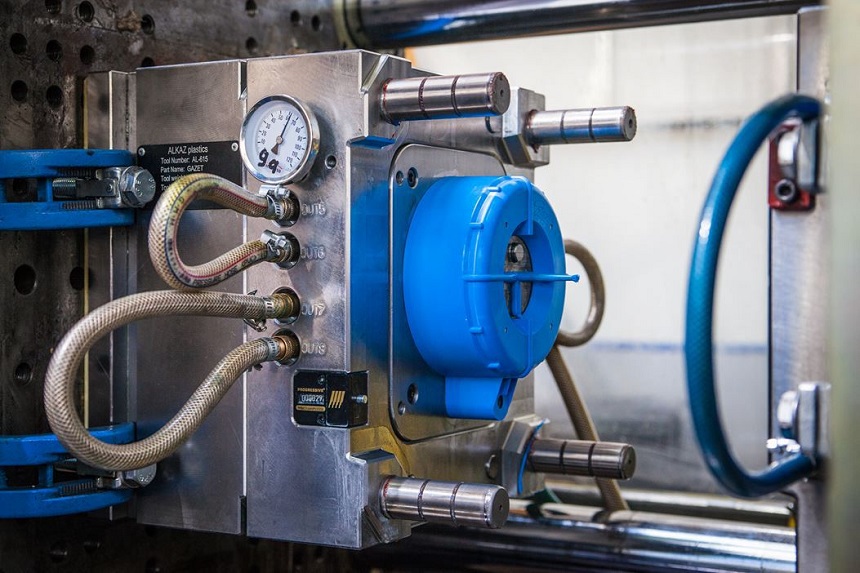Your Basic Guide to the Injection Molding Process

Injection molding is a popular manufacturing process, which helps fabricate plastic parts. This process manufactures various products – and they vary greatly in their application, complexity, and size.
Here’s your basic guide to the injection molding process.
How does an injection machine work?
An injection machine comprises four main components: base, control, clamping unit, and injection unit.
First, plastic pellets are fed into a barrel from a hopper. There’s an internal auger in the barrel.
In simple terms, an auger is a device, which is shaped like a screw and rotates to feed material. Some heater bands outside the barrel heat both the screw and the barrel, melting the plastic into a molten state.
The mold closes once the machine’s cycle begins, and the high pressure pushes the auger forward like a giant plunger in a syringe.
Within a few seconds, the internal auger injects the molten plastic into the mold’s empty part, known as a cavity. A coolant flows in around the mold via channels to cool the molten plastic quickly, similar to an engine block. In under a minute, the plastic solidifies into the cavity’s shape.
Two things happen when the plastic part solidifies: the part is ejected after the mold opens. The process can begin again once the machine has ejected the solidified plastic part.

What’s the injection molding process?
Simply put, injection molding consists of the following four steps:
- Melting the material
- Injecting the molten material into a mold
- Letting the molten material solidify by allowing it to cool
- Removing the hardened material from the cold
What products are made from injection molding?
Manufacturers across the globe use injection molding to produce all kinds of goods in bulk. From a small object like a mobile phone case to a large object such as a garbage can, you can make a lot of products using injection machines.
Plastic injection molding is used extensively to make non-consumer parts used in instances where visual appeal isn’t required. For example, mechanical parts.
Why? Because the injection molding usually leaves impurities behind on the plastic part.
PTMS offers custom plastic injection molding to its customers throughout the world.
Being an ISO 9001-2008 certified injection molding company, PTMS is very strict with its product quality.
Get in touch with us now for more information on our injection molding services!
